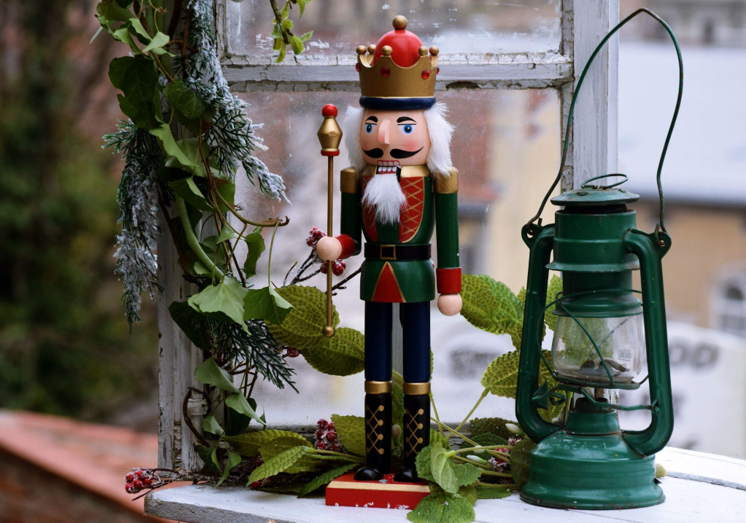Origins and Traditions of Twelfth Night
Twelfth Night is a traditional celebration that dates back to the Middle Ages. It is observed on the 5th or 6th of January, marking the end of the Christmas season. The festival is a combination of Christmas and New Year’s Eve traditions.
In the past, Christmas was a more extended celebration than it is today. The 12 days of Christmas began on December 25th and ended on January 6th. These 12 days were the period between Christmas Day and the Feast of the Epiphany, which is the day when the three wise men visited the baby Jesus. Twelfth Night was the most festive day in the 12 days, marking the end of the celebrations.
One of the most popular traditions associated with Twelfth Night is the giving of gifts. In some countries, children receive gifts from Santa Claus on this day instead of Christmas. In others, people give small gifts to family and friends. Additionally, carols and other festive music are integral to the celebrations, creating a joyful atmosphere.
Twelfth Night at the Smithsonian Libraries
The Smithsonian Libraries is known for its impressive collection of rare books and manuscripts, including those related to Twelfth Night. The library has archived several historical texts that detail the various practices and decoration themes associated with this festival.
One of the most notable aspects of Twelfth Night is the decoration of the Twelfth Night cake. This cake was traditionally baked with a bean and pea hidden inside. Whoever found the bean was crowned the “king” for the night, while the one who found the pea was declared the “queen.” The cake was decorated with colored icing and symbols, such as crowns, stars, and moons. It was accompanied by other sweets such as biscuits and fruit pies.
Charity also played an essential role in the Twelfth Night celebrations. Wealthy families would invite the poor to their homes and give them food and gifts. In some countries, homeowners dress as beggars and collect money for charity from door to door.
The Smithsonian Libraries documents reveal that Twelfth Night decorations and celebrations varied from one country to another. For example, it was common in England to have a Twelfth Night play, while a special meal called a “réveillon” was prepared in France.
Conclusion
Twelfth Night is a unique celebration with a rich history and diverse traditions. The festival has something for everyone, from gift-giving to decoration themes, music, and charity. At the Smithsonian Libraries, we continue to preserve and promote the history of Twelfth Night, shedding light on its importance in the cultural heritage of many societies. We invite you to explore our collections and learn more about this festive holiday.
